 W
WAppias panda, the Nicobar albatross, is a small butterfly of the family Pieridae, that is, the yellows and whites, which is found in the Nicobar Islands of India.
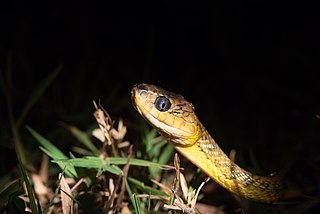 W
WBoiga wallachi, known commonly as the Nicobar cat snake, is a species of rear-fanged snake in the family Colubridae. The species is endemic to the Nicobar Islands.
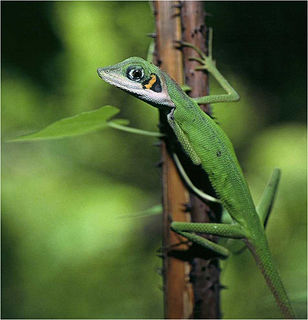 W
WBronchocela danieli is a species of agamid lizard found in Campbell Bay, Great Nicobar Island, India.
 W
WCyrtodactylus adleri is a species of bent-toed gecko, a lizard in the family Gekkonidae. The species is native to southern Asia.
 W
WDendrelaphis humayuni, also known commonly as the Nicobar bronzeback or Tiwari's bronzeback, is a species of snake in the family Colubridae. The species is endemic to the Nicobar Islands of India.
 W
WThe Great Nicobar serpent eagle, also known as the South Nicobar serpent eagle, is a species of bird of prey in the family Accipitridae. It is the smallest known eagle, with a weight of about 450 g and a body length of about 40 cm. It is endemic to forest on the Indian island of Great Nicobar. It is threatened by habitat loss.
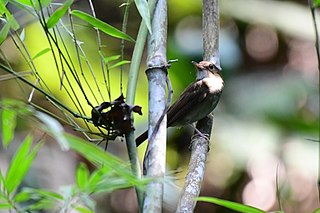 W
WThe Nicobar jungle flycatcher is a species of bird in the Old World flycatcher family Muscicapidae. It is endemic to the Nicobar Islands where its natural habitats are subtropical or tropical moist lowland forests and subtropical or tropical mangrove forests. It was at one time considered as a subspecies of the brown-chested jungle flycatcher.
 W
WThe Nicobar megapode or Nicobar scrubfowl is a megapode found in some of the Nicobar Islands (India). Like other megapode relatives, it builds a large mound nest with soil and vegetation, with the eggs hatched by the heat produced by decomposition. Newly hatched chicks climb out of the loose soil of the mound and being fully feathered are capable of flight. The Nicobar Islands are on the edge of the distribution of megapodes, well separated from the nearest ranges of other megapode species. Being restricted to small islands and threatened by hunting, the species is vulnerable to extinction. The 2004 tsunami is believed to have wiped out populations on some islands and reduced populations on several others.
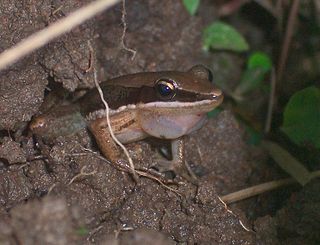 W
WMinervarya nicobariensis, the Nicobar frog or Nicobar cricket-frog, is a species of frog endemic to the Nicobar Islands of India. In the past it has been considered to be the same species as Fejervarya andamanensis from the neighbouring Andaman Islands, but is now regarded a valid species. It is restricted to the central and northern group of Nicobar Islands. It is relatively common in suitable habitat, particularly on Car Nicobar island. Its preferred habitat are grasslands, where the species breeds in the rainwater puddles. On Car Nicobar, it also occurs coastal wetlands and along newly cleared forest trails.
 W
WThe Nicobar long-tailed macaque is a subspecies of the crab-eating macaque, endemic to the Nicobar Islands in the Bay of Bengal. This primate is found on three of the Nicobar Islands—Great Nicobar, Little Nicobar and Katchal—in biome regions consisting of tropical and subtropical moist broadleaf forests.
 W
WThe Nicobar shrew or Nicobar white-tailed shrew is a critically endangered species of mammal in the family Soricidae. It is endemic to the Great Nicobar Island of India.
 W
WThe Nicobar scops owl is a species of owl in the family Strigidae. It is endemic to the Nicobar Islands, India, in particular Great Nicobar Island, but it may also occur on Little Nicobar island.
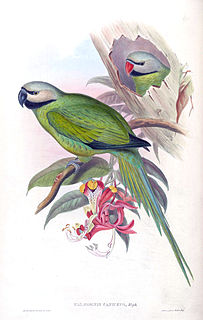 W
WThe Nicobar parakeet, also known as the Blyth's parakeet, is a parrot in the genus Psittacula, endemic to the Nicobar Islands of the Indian Ocean. It is one of the largest parakeets, measuring 56 to 60 cm from the top of the head to the tip of the tail and weighing about 224 g.